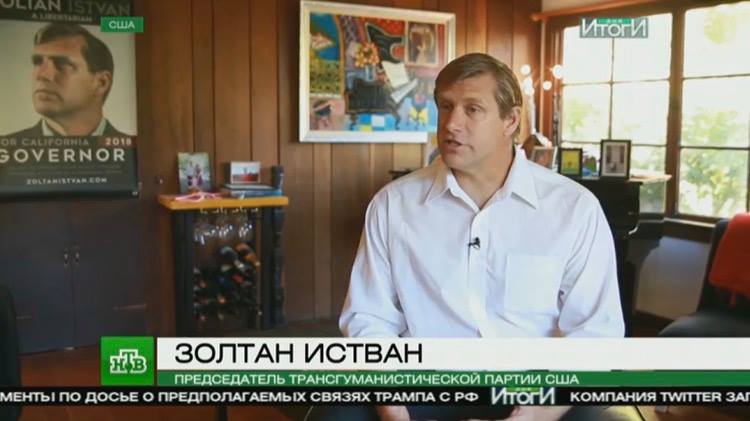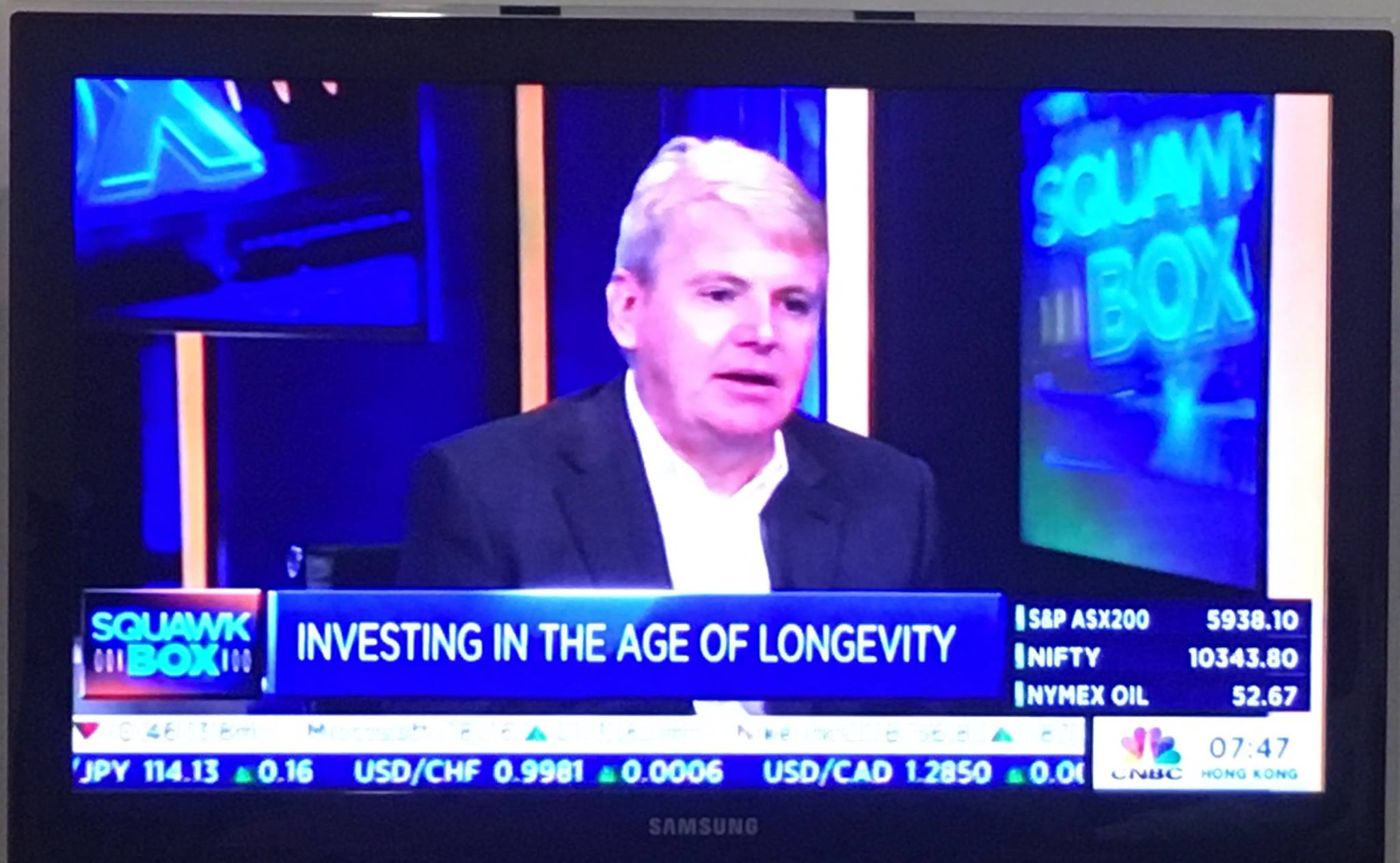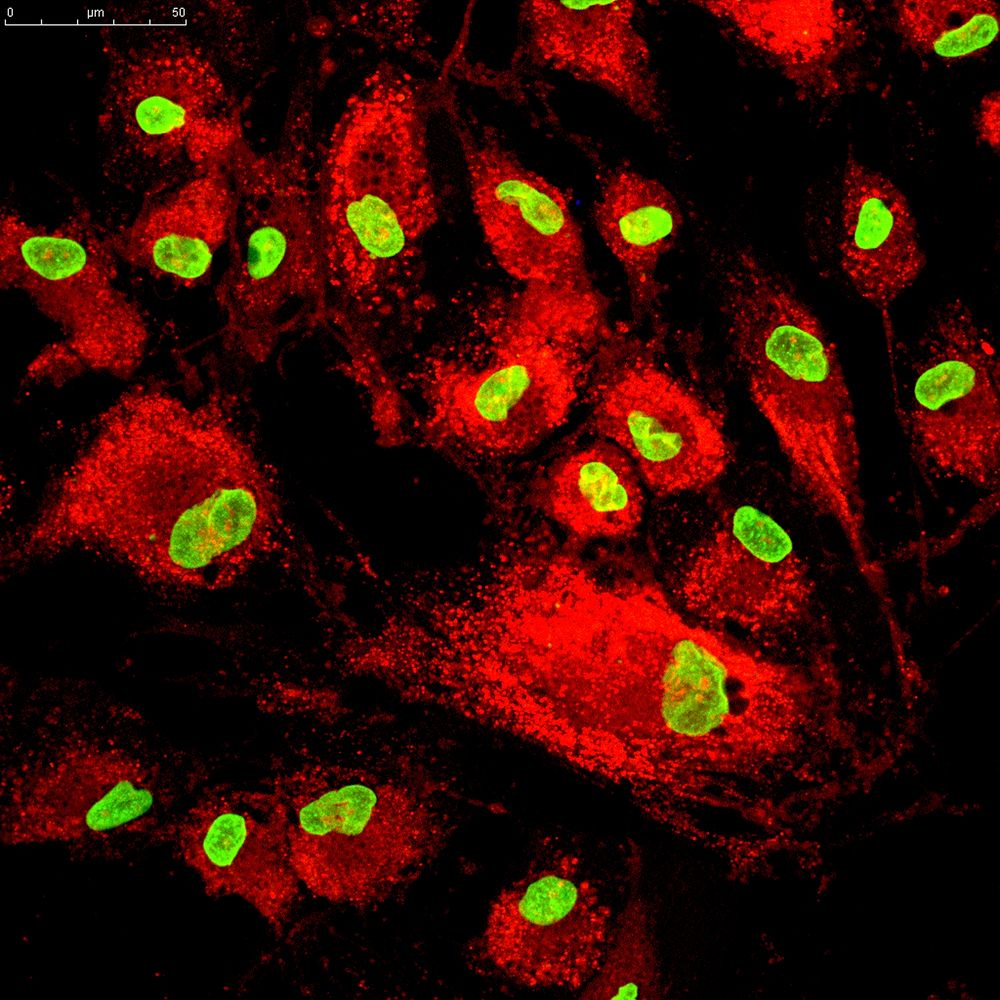Kurweil and others also in this well done 5-minute newscast:



Juvenescence: investing in the age of longevity.
With their previous books published over the past 9 years, Mellon and Chalabi have established an excellent track record of recognising investment opportunities before they become mainstream, starting with forecasting the Great Recession in 2008, and identifying gold as an excellent hedge. More recently, they have written about life sciences, and their recommended stocks in Cracking the Code have outperformed every major market in the world. Equally their main stock picks in Fast Forward have yielded market busting returns.
They believe that to be successful, investors need to be curious, adaptable and apply themselves before they commit capital to an idea. For this new book, Jim and Al have spent a year sifting through the cutting-edge research, visiting laboratories and interviewing key opinion leaders in the field of life extension. They have written this up for the investor, stripping away the technical jargon and demystifying the information to help you to understand the science and clearly identify the key industry participants and investment opportunities.

Defeating age-related diseases may create challenges for society, but is that worse than not doing anything?
In these six years, I’ve spent as a rejuvenation advocate, I’ve had to deal with the traditional objections raised against the idea of longer lifespans. These objections touch a variety of different topics, but they aren’t terribly many: we’re talking about maybe a dozen of them, and these days, I hardly ever hear an objection I haven’t discussed before.
However few or many, and deserving of specific answers, these objections may be, they can all be reduced down to a single, general form: “Rejuvenation biotechnologies would cause [insert problem here], so it’s best not to go there.” And just like there are specific answers for each specific objection, there are general answers for their general form—Aubrey de Grey’s famous “two more general answers”.
These two general answers question the validity of two implicit assumptions contained in all objections, general or specific.
Elena Milova shares her #IAmTheLifespan story for Longevity Month. Tell us your story too!
https://www.leafscience.org/longevity-month-2017-tell-us-your-story/

The first results of two human clinical trials using stem cell therapy for age-related frailty have been published, and the results are very impressive indeed. The studies show that the approach used is effective in tackling multiple key age-related factors.
Aging research has made significant progress in the last few years, with senescent cell clearing therapies entering human trials this year, DNA repair in human trials, and a number of other exciting therapies nearing human testing. We are reaching the point where therapies that target aging processes are no longer a matter of speculation; they are now an undeniable matter of fact.

Are you ready to live longer?

Over the past few years, there has been a tradition of longevity researchers and activists around the world to organize events on or around October 1 — the UN International Day of Older Persons, or Longevity Day. In recent years this has been extended to include the entire month of November as a Longevity Month where activists organize various activities and events to raise awareness for aging research.
This year we have continued this tradition with the Longevity Month “I am the Lifespan” event, where people tell us their story and how they got interested in aging research and doing something about age-related diseases. and it has been a great success so far. Lots of people have sent in their stories and we have been publishing them on our Facebook page the last few weeks. We wanted to share some of these stories with you and a little about the people behind them.

Recently, we have explored the benefits that rejuvenation biotechnologies promise to bring to ourselves and the people close to us. I would imagine that most people have no difficulty acknowledging these benefits, but even so, many people tend to focus on potential large-scale downsides of rejuvenation while neglecting entirely its benefits on society at large.
The following is a brief discussion of how, in my opinion, anti-aging biotechnologies would positively impact the whole of humanity—assuming they were widely employed, as they should be.
Gennady Stolyarov shares his #IAmTheLifespan story for Longevity Month. Share your story too!
https://www.leafscience.org/longevity-month-2017-tell-us-your-story/